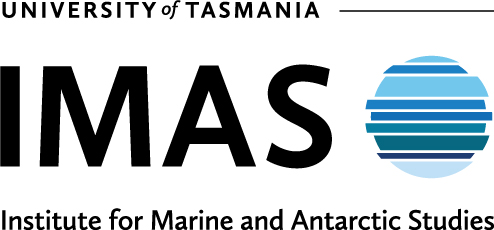Status
Southern Rock Lobster
Jasus edwardsii

2023/24 Southern Rock Lobster Status
| Stock Status | SUSTAINABLE | ||
| Stock | Tasmanian Rock Lobster Fishery | ||
| Indicator(s) |
Percentage of egg production relative to unfished level (limit reference point). Percentage of biomass relative to unfished level (limit and target reference points). |
||
Statewide
The Tasmanian Southern Rock Lobster fishery has a long history of exploitation. Low stock levels and low commercial CPUE saw the introduction of increasing management controls including size limits, pot limits, vessel limits. Further depletion to a very low level in the 1990s resulted in the introduction of a total allowable catch limit (TAC). The commercial component of the TAC is traded through an Individual Transferable Quota (ITQ) system. Recreational catch is controlled through input controls and the statewide recreational component of the TAC is rarely reached.
Following the introduction of the ITQ system the stock rebuilt consistently to the mid 2000s at which point a reduction in recruitment saw a rapid recline to record low levels. To address this the TAC was reduced by approximately one third and the stock has since recovered to it’s current level which is at or near to a thirty year high.
The status of the stock is evaluated an integrated stock assessment model that combines all sources of information available to produce the best assessment of the current stock state and the predicted response to future management decisions. This model estimates that egg production in 2022/23 was 42.2% of the unfished level which is well above the conservative Tasmanian 30% limit reference point (if egg production falls below the limit reference point that would indicate sustainability concerns). Due to connectivity with the broader stock including South Australia and Victoria, the level of egg production across the stock’s entirety needs to be considered. Overall egg production across the stock is lower, but remains above 20% of the unfished level which is the stock wide reference point set in the Status of Australian Fish Stocks Reports (https://fish.gov.au/report/294-Southern-Rock-Lobster-2020).
The stock is recovering from a highly depleted state with a interim rebuilding target of 25% of the unfished level of biomass set for 2026. This target was achieved ahead of time with statewide biomass reaching 27.7% in 2022/23. A new target is being developed as part of the currently underway harvest strategy review.
On the basis of the above evidence the current stock status with particular emphasis on the Tasmanian component of the stock is unlikely to be depleted and recruitment is unlikely to be impaired.
The TAC is set on an annual basis at a level that ensures that egg production remains above the 30% statewide limit reference point and to ensure that the fishery remains on track to reach the rebuilding target. The rebuilding target has been reached and a new target has not yet been determined. However ongoing rebuilding for the near future is highly likely to be required under the new harvest strategy.
The management measures discussed ensure that the exploitation rate is maintained at a level that will allow ongoing stock rebuilding, as such the fishing mortality is unlikely to cause the stock to become recruitment impaired now and into the future.
There is a high confidence that the stock is well above a depleted level where recruitment is impaired and current management arrangements will ensure that the stock is able to continue to recover. Consequently the Tasmanian Southern Rock Lobster stock is classified as Sustainable.
Regionally
In addition to meeting statewide target and limit reference points the status of the stock around Tasmania is considered annually. Management aims to provide good abundance around the state for commercial and recreational fishers in each area and healthy biomass for ecosystem function and non-extractive users throughout Tasmania.
Due to the long pelagic larval period (up to two years), egg production in different areas of the fishery is not closely linked to future recruitment in that region. Recruitment is affected by patterns in larval dispersal and it’s known that the most important regions for larval sources tend to vary from year to year. The appropriate management response to this is to ensure that healthy egg production of at least 20% of the unfished level is maintained in all areas. Area 5 is the only area close to falling below this level with a current estimated egg produciton of 23%.
Improvement in CPUE over the last few years has been distributed across all stock assessment areas. The East Coast Stock Rebuilding Zone (SRZ) areas have regional rebuilding targets of 20% of the unfished level of biomass for assessment areas 1, 2 and 3. This has been achieved in area 1, is expected to be achieved in area 3 in 2023/24 and in area 2 by 2025/26 (on schedule).
Learn more about what each stock status classification means on our Stock Status Classifications Information Page:



